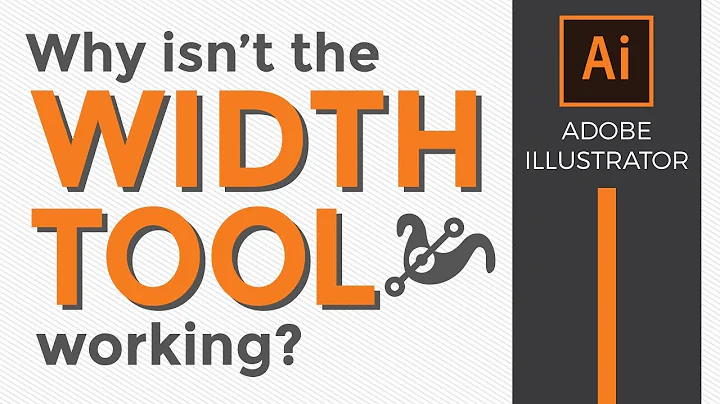use initial width for element not working in IE
Solution 1
Like you said, generally width: auto will have a similar effect. Having the rules:
.my-selector {
width: auto;
width: initial;
}
Should cause it to use initial if it's supported and auto otherwise.
Solution 2
Using width: auto; inline, inside the script solves the problem on Chrome, FIrefox and IE 11. Just not sure if there is a better way.
Related videos on Youtube
Rikard
Updated on January 21, 2020Comments
-
 Rikard over 4 years
Rikard over 4 yearsI have a graph plugin that inserts canvas and a legend
<table>to its container. In this plugin thetablehas nowidthdefined and in my CSS there is a width for tables inside that container were my plugin gets inserted.So, the new div is inheriting
table{ width: 100%}from the CSS and rendering wrong.I tried to use
width: initial;, looks good on Chrome but IE doesn't like it check browser compatibilityI admit changing/forcing a inline CSS in the script/plugin since it has to work in any enviroment.
What is the best solution here?
-
BuddhistBeast over 10 yearsHave you tried just setting a minimum width? Does it work?
-
 Rikard over 10 years@BuddhistBeast, didn't think about that! But tried that now and didn't work on Chrome either.
Rikard over 10 years@BuddhistBeast, didn't think about that! But tried that now and didn't work on Chrome either.
-
-
gtramontina almost 8 yearsAs a note,
initialis a valid property value (developer.mozilla.org/en-US/docs/Web/CSS/initial). But (if you scroll down to "Browser compatibility" in the previous link), no IE version supports it. -
chharvey over 7 yearsthis is known as a fallback and is a very common coding pattern in CSS. also, using
width: autowill not only have a similar effect, but it will have the exact same effect, becauseautois defined to be the initial value for thewidthproperty.








